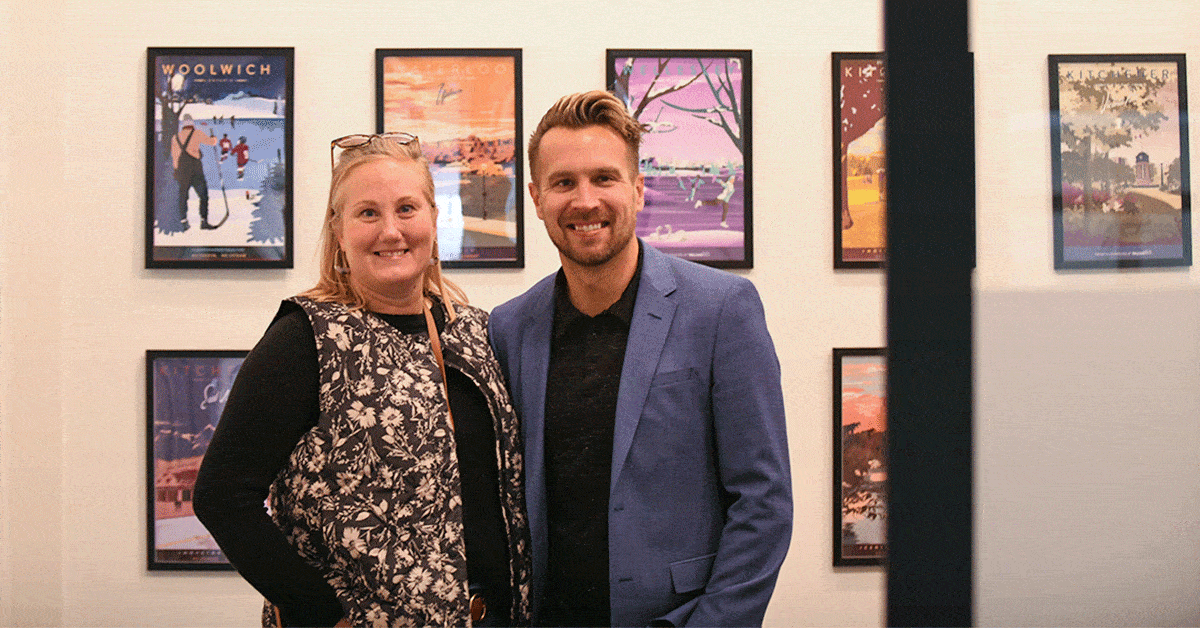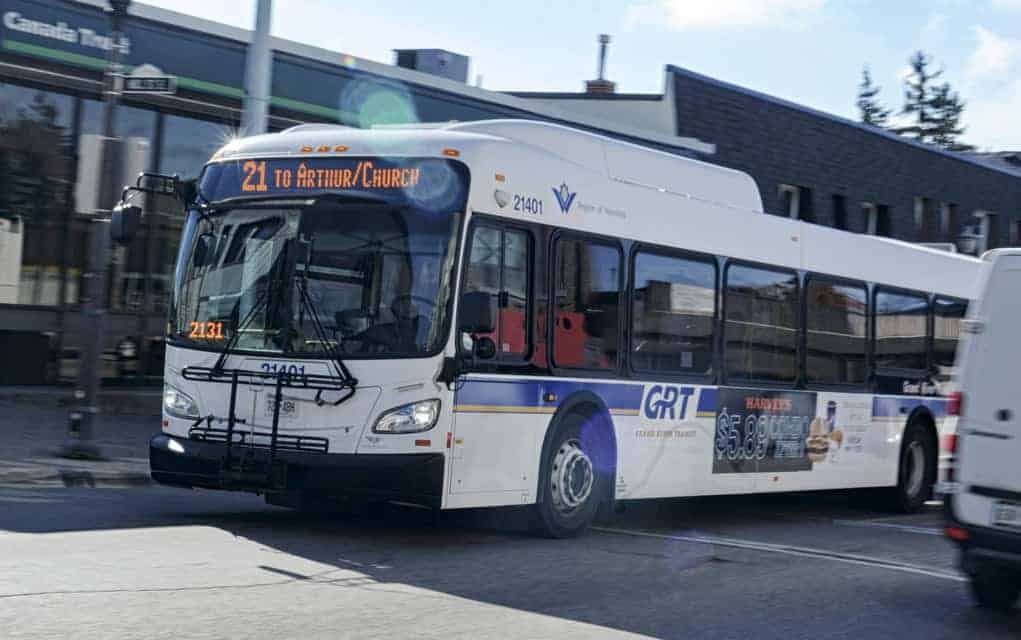Just a quarter of eligible voters cast a ballot at the regional level during last week’s municipal elections. At 25.3 per cent, voter turnout was down nearly six percentage points from 2018 when 31 per cent exercised their franchise.
Province-wide, turnout was 33 per cent.
The downward trend is worrying, notes one expert.
“We really collectively need to turn that around and get much greater participation across the province in a very important set of elections. So far, there doesn’t seem to be any answer to it, but I certainly am concerned about it,” said Robert Williams, professor of political science emeritus at University of Waterloo.
Only Wilmot (40.35 per cent) and Woolwich (34.7) saw an increase over four years ago.
The lower turnout reduces the legitimacy of decisions at election time, Williams noted.
“Many people are being elected with a very small number of votes. And they’re turning around and have every right to make very important decisions on the basis of a small number of supporters and in some cases, a very narrow margin. It can lead some people to question the decisions that are made when such a tiny fraction of the community is endorsing the people to make those decisions.”
In Wellesley, three of the five seats were filled by candidates running unopposed, including returning Mayor Joe Nowak. While Williams said the acclimation of candidates tends to happen more often in smaller municipalities, elected officials are being asked to do a lot more than they had to do previously, perhaps leading to a decline in the number of candidates.
The number of races may also be a factor in voter turnout. In Woolwich, there were races for every seat, including the mayoralty, Williams explained.
“One of the things that is interesting is the turnout in Ward 3 was relatively low. And to me that’s partly driven by the large amount of new residents.”
Ward 1 had the most competitive races as well as the most divisive issues, Williams explained.
“I guess some issues have become more divisive than they might be and that might also turn people into voters who weren’t there last time,” he said.
For Paul Nijjar, a volunteer with the election information website Waterloo Region Votes, the low turnout was “disappointing but not surprising.”
“Although we were hoping for a good voter turnout, it seemed that the energy of the election was fairly down,” he said.
The key to driving voter turnout is engagement, Nijjar said.
“When people are engaged and they feel they are a part of the community and they feel like they have some role to play in their community then I think that voter turnout will go up,” he added.
Nijjar pointed to campaigns that are trying to lower the voting age to 16 as a way to get people engaged early and keep them engaged later in life. There is an opportunity to pair voting with civics classes, Nijjar said.
“When people start voting early, they tend to stick with voting better than if they don’t vote for multiple elections, and then later in life try to get started. So I think that would be a possible improvement. I don’t think that’s going to fix the problem,” he said.
“Obviously, teenagers are going to vote in wacky ways and they’ll vote for jokey candidates and whatever – that’s part of the learning process of elections. But I still think that overall, lowering the voting age would be a help there.”
This is evident by the results in the City of Waterloo’s Ward 6, home to the universities, Nijjar said. This ward had the lowest turnout in the city at just 23.08 per cent and the race was decided by just 97 votes.
“Many of those students were off campus, or they were on campus for the first time. They weren’t familiar with the area. They didn’t even know how to get registered to vote. If they had voted in high school, they might have had a little bit more engagement. And that race might have had a lot more votes, maybe the outcome would have been the same. Maybe it would have been different, but it would have given a lot of energy to [it],” Nijjar.
Williams, however, is not convinced lowering the voter age would be enough to reverse the trend.
“That strategy assumes that younger people would actually be educated about civic responsibilities, including the value of voting at all levels, and I am not sure at the moment where that could occur in the secondary school curriculum,” he stated.
Raising awareness and more efforts to inform people will raise engagement, Williams said, noting that needs to happen at the regional level or the provincial level.
“My current critique is that if that happens at all, it’s strictly at a local level at a municipal level. If Woolwich, for example, wanted to boost turnout, they’re really only talking to people in Woolwich – they’re not even talking to people in Centre Wellington or anywhere else,” he said.
“Let’s try to coordinate across the whole province, maybe through an organization like the Association of Municipalities [of Ontario], or the Association of Municipal Managers, Clerks and Treasurers of Ontario (AMCTO). … Get that broad media campaign of some sort to say, ‘there’s an election coming – you have a right to vote, get informed.’”
Just because the election is over that does not mean the civic duty of residents is over, said Nijjar.
“There’s a lot of important legislation that’s coming through on the provincial side that has a lot of effect on local politics….Even though the excitement of the election is over, I don’t think that the role for ordinary citizens to be involved with the political process is over,” he said.









